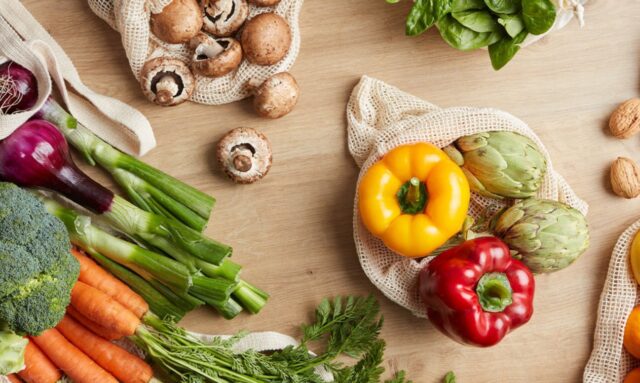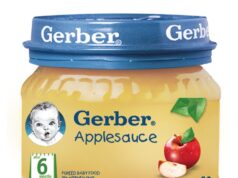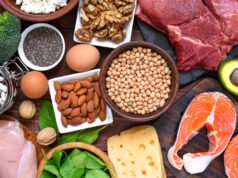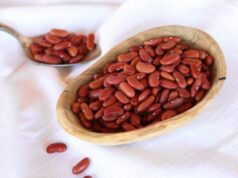If you’ve ever wondered what makes up all the leaves, bark or stem of a plant then here is your chance to find out. The food that plants store could be considered as their “stomach” where they are able to absorb nutrients for growth and repair by using these storage organs. Plants have two main types of organs – roots which are generally used for absorbing water and minerals from soil, while leaves can perform photosynthesis in order to obtain energy needed during the day.
The food that plants produce is stored in two different forms: as a liquid and a solid. Plants use the photosynthesis process to convert water, carbon dioxide, and sunlight into energy-rich compounds such as carbohydrates, proteins, cellulose fibers and lipids. The plant cells store these chemicals within their cytoplasm so they can be used during photosynthesis when needed
Plants store food in the form of starch, cellulose, and protein. In plants, these three macronutrients are stored in different parts of the plant. Starch is stored mostly in the leaves and stems of plants while cellulose is found mostly in the woody tissue and xylem. Protein is stored mainly in roots and seeds.
Food is stored in the form of starch in the leaves, stems, and roots of plants. Starch is the storage form of glucose in plants. A polysaccharide, starch is. During the photosynthesis process, a plant’s leaves produce sugar.
With this in mind, where does food get stored in plants?
The leaves’ nourishment is stored in the showy parts of the leaves, root, stem, fruits, and seeds. Many plants store food as starch in their leaves or in modified roots, such as potatoes.
Second, how does food become stored in leaves? Green leaves convert air and water into food in the form of starch when exposed to sunshine. The nourishment produced by the leaves in the presence of sunshine, utilizing air and water, is in the form of starch.
Furthermore, how does food collect in plants and where does it accumulate?
– According to Quora. Photosynthesis products are stored in the form of starch in subterranean roots and stems.
What happens if the plant doesn’t get enough food?
Carrots, for example, store food in their roots and survive on it all winter, while a new plant develops from same roots in the summer. When they have excess food, they store it in their seeds, which then receive their nourishment from the plant as the seed develops until the plant is able to photosynthesise and generate its own food.
Answers to Related Questions
Is sugar water beneficial to plants?
Sugar water should not be used on plants that are growing normally. Plants utilize photosynthesis to generate the nutrients they need, and if you add sugar when the plants are already doing well on their own, the sugar will be rejected by the plant roots, causing the plants to wilt and die.
In a plant, where does glucose get stored?
Glucose is stored in the form of starch in plants.
Starch is kept in which section of the plant?
The majority of plants utilize starch as an energy source, and it may be found all throughout the plant. Amyloplasts, non-pigmented organelles similar to chloroplasts, generate and store starch.
What is the purpose of storing food?
Food must be stored for many reasons: 1. It helps to avoid food deterioration. It aids in the provision of food in the event of a national emergency.
Cucumbers are grown in which state?
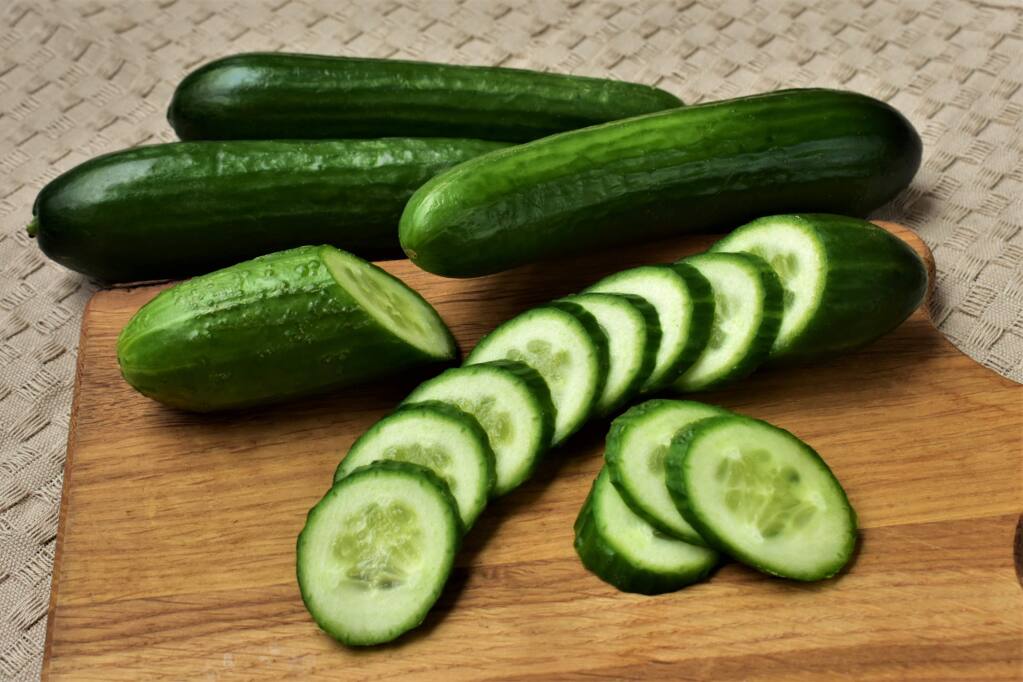
Pickling cucumbers are smaller and thicker than regular cucumbers. The bumpy-skinnedgherkin is the most well-known. Cucumbers are grown all over the globe, with the United States ranking fourth behind China, India, and Russia. Cucumbers are grown in several states throughout the United States (Fig 1).
Where do Auxins come from?
Auxins enhance stem elongation while inhibiting the development of lateral buds (maintains apical dominance). The stem, buds, and root tips all generate them. Indole Acetic Acid is a good example (IA). Auxin is a plant hormone that stimulates cell elongation and is generated in the stem tip.
Where can you get starch in leaves?
Explanation and Answer: The stroma of chloroplasts and the cytoplasm of leaves both store starch. When plants utilize photosynthesis to make their own food, they are said to be self-sufficient.
What is the location of food storage in the stem?
The transport of produced nutrients from the leaves to other plant organs is mostly accomplished via phloem, which is a kind of vascular tissue found in the stem. The stem is also used to hold food and water.
Why do certain plants have food in their roots?
Photosynthesis is the process of generating food molecules and absorbing carbon dioxide for the plant. Plants rely on root systems for support in the form of an anchor in the soil. As a result, food may be found in the roots of certain plants as well as the leaves.
What are plant storage organs?
A storage organ is a modified component of a plant that stores energy (usually in the form of carbohydrates) or water. Storage organs are often found underground, where they are more protected from herbivore assault.
Is starch found in all plants?
Plants produce starch as a polymer to store energy.
Plants, on the other hand, need energy to grow and grow and grow. They utilize solar energy to create glucose, a basic sugar. They connect all of the glucose molecules in such a manner that the lengthy chain coils around itself and creates a bigglobby polymer. That’s starch for you!
Why is starch employed as a photosynthetic indicator?
Because starch is insoluble, glucose may be transformed into it in order to be stored. This implies it can’t get out of the cells. Because starch is made from photosynthesis products, it is an indication that photosynthesis is taking place.
What happens to the food that plants produce?
Photosynthesis (the process of synthesising food with the aid of carbon dioxide and water in the presence of chlorophyll and sunshine) produces a solution that is delivered to all sections of the plant through phloem.
Where does a leaf’s energy come from?
The leaves are the primary food producers in most plants. They use chlorophyll in the leaf cells to collect the sun’s energy. In the process of photosynthesis, chlorophyll captures and bundles the energy from the sun’s light. Leaves often have a vast surface area, allowing them to absorb the most sunlight.
What use does chlorophyll serve in the leaves?
Chlorophyll is responsible for the green hue of plants and absorbs light for photosynthesis. The chloroplasts of plant cells contain large levels of chlorophyll. Chlorophyll absorption maximum compared to the spectrum of white light.
Who is responsible for the creation of food plant cells?
Chloroplasts are the organelles of plant cells that generate food via photosynthesis. b. Mitochondria, the energy-producing organelle of the cell, which generates ATP via cellular respiration.
In a plant, where does food get stored?
To produce glucose, the plant utilizes chlorophyll, sunshine, carbon dioxide (from the atmosphere), and water during photosynthesis. Plants convert some glucose (sugar) to starch, which they store in their leaves, stems, and roots, as well as their flowers, fruits, and seeds.
Plants store food in what form?
Plants store food in which form? Food is stored in the form of starch by plants. The “plants make their food in leaves and it is stored in other parts because they have” is the process that plants use to convert light, water, and carbon dioxide into sugars. The sugars are then used as a source of energy for the plant

